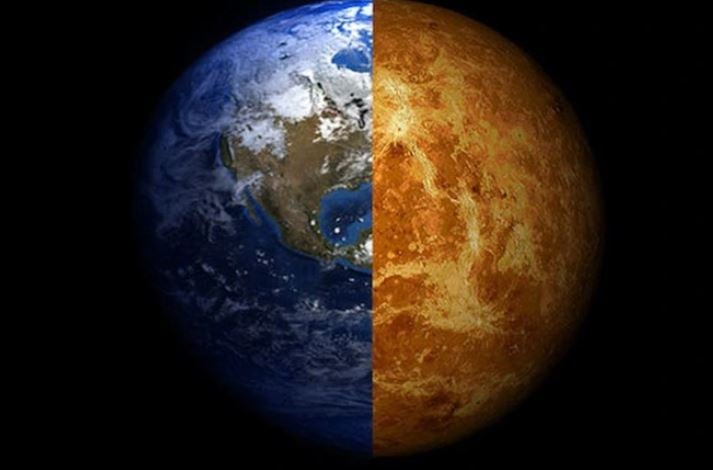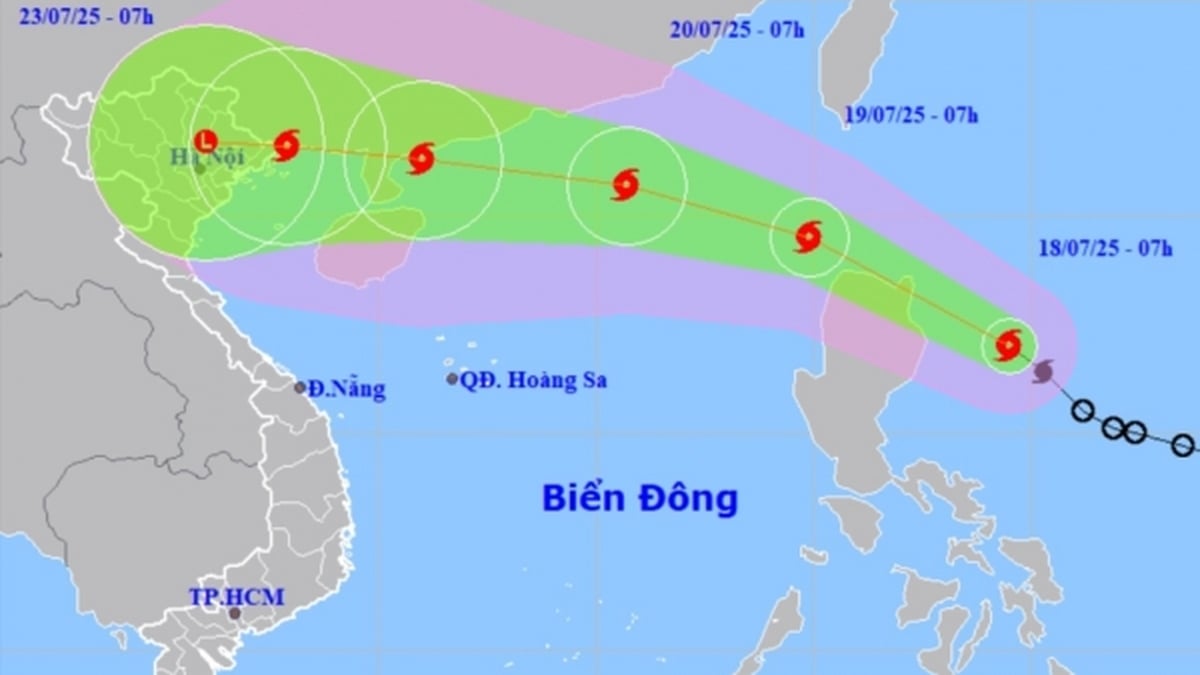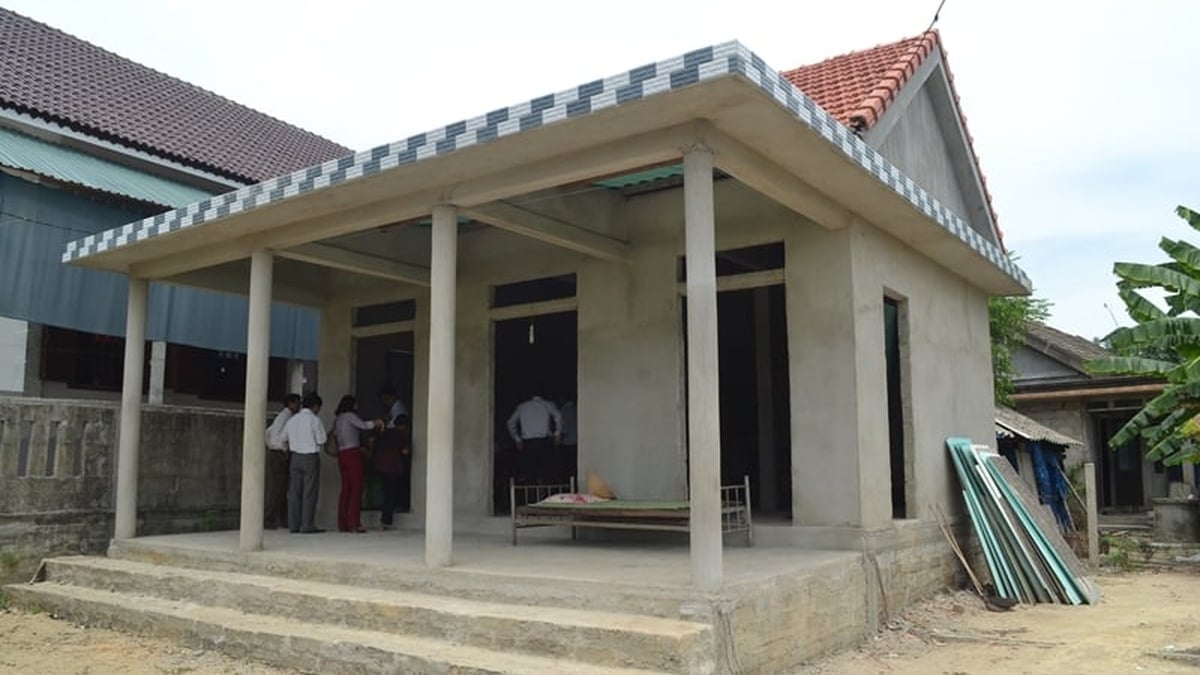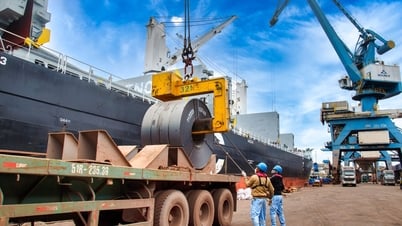Data collected decades ago, now rediscovered, suggests that Venus may be undergoing processes similar to plate tectonics – which are reshaping the surface and recycling the planet’s crust. If true, large circular features on Venus’s surface, called coronae, could be the key to new insights into the planet’s inner workings.
“Currently, we do not see coronae on Earth; however, they may have existed in the early stages when our planet was young and before plate tectonics formed,” said planetary scientist Gael Cascioli of the University of Maryland and NASA’s Goddard Space Flight Center.
“By combining gravity and topography data, this study provides new and important insights into the underground processes that may be shaping the Venusian surface.”

Illustration photo.
Venus does not have tectonic plates like Earth. On our home planet, the crust is divided into tectonic plates that create dynamic terrain, allowing heat to escape and crustal material to be recycled.
Even without tectonic plates, however, Venus’s surface shows evidence of internal forces pushing upward, causing deformation. Among the most notable features are coronae—crater-like structures with raised rings surrounding sunken centers, with concentric cracks radiating outward. Some coronae are hundreds of kilometers in diameter.
Initially, scientists thought the craters were impact craters, but later analysis confirmed that they were the result of volcanic activity. Flows of molten material from within pushed the surface up to form a dome, which then collapsed as the material cooled. The molten material then seeped out the edges, forming a ring around it.
Despite the lack of tectonic plates, researchers believe that tectonic activity is still occurring on Venus in the form of interactions between mantle flows and the lithosphere. They think these interactions are taking place beneath the coronae.
Scientists built several models simulating scenarios for coronae formation through mantle convection currents. They then compared these models with gravity and topography data collected by NASA’s Magellan probe, which orbited and studied Venus in the 1990s.
Using topographic data, the team identified 75 coronae and used gravity data to analyze the processes taking place below. The results showed that up to 52 coronae were formed by hot upwellings of material that were less dense than their surroundings and were capable of causing tectonic processes.
On Earth, two similar processes have been documented that may be at work beneath the coronae of Venus. The first is subduction—the phenomenon in which the edge of one tectonic plate is pulled beneath an adjacent plate. On Venus, when a hot stream of material pushes the surface upward, it forces the material to spread and collide, forcing some of it down into the mantle.
The second process is lithospheric dripping – when the lower layer of the lithosphere is heated to the point of melting, forming droplets of denser, cooler material that eventually fall into the planet's interior.
Scientists admit, however, that much remains uncertain. With its scorching surface, extreme atmospheric pressure, and acid rain, Venus remains a formidable challenge to explore . Still, they say the corona should be the focus of future missions, and not just because of its potential similarities to Earth.
“Coronae are very common on Venus. They are large features, and over the years people have proposed numerous hypotheses about how they formed,” said planetary scientist Anna Gülcher of the University of Bern in Switzerland.
“The most exciting thing about our study is that we can now confirm that there are likely many different processes, still active, that contributed to the formation of coronae. We believe that these processes may have been at work early in Earth's history.”
Source: https://doanhnghiepvn.vn/cong-nghe/sao-kim-co-the-giong-trai-dat-hon-chung-ta-nghi-va-no-van-dang-chuyen-dong/20250520102953708
































































































![[Infographic] In 2025, 47 products will achieve national OCOP](https://vphoto.vietnam.vn/thumb/402x226/vietnam/resource/IMAGE/2025/7/16/5d672398b0744db3ab920e05db8e5b7d)







Comment (0)